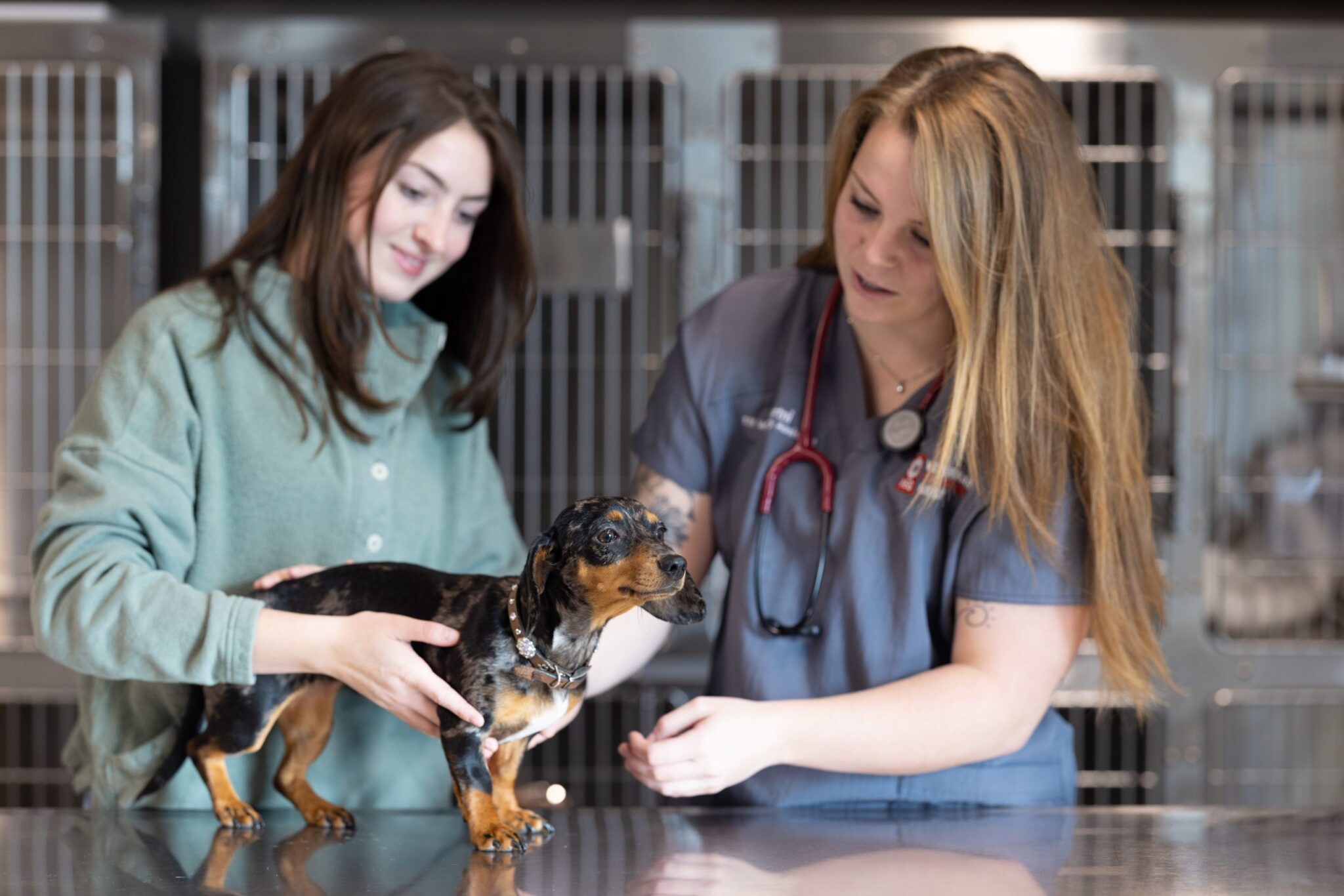
6 Signs of Dog Rabies
Dr. Mark Fealey
Call & Speak with a doctor Open 24/7, Even Holidays!
Walk in today for:
Emergencies
Point-of-Care Ultrasound
Urgent Care
X-Rays
Diagnostics + Testing
End-of-Life Care
Surgery
Treatment + Hospitalization
Rabies is every pet owner’s worst nightmare. Although rabies in dogs is no longer a very common problem, it can still happen, especially in dogs who are unvaccinated. But how would you know if your dog—or another dog you come into contact with—has rabies? Are there any early warning signs you can look for?
In the article below, you’ll find a quick but thorough list of some of the most common signs of rabies in dogs. You can refer to this list to help you determine when your pet or a stray may become a risk to you or your family. Read on to find out more.
Signs to Look Out For
Listed below are the 6 signs of dog rabies that pet owners should look out for:
1. Staggering Gait
A staggering gait is often one of the first signs associated with rabies in dogs. It is possible that this symptom could be mistaken for other health problems, however, so pay close attention to your dog if he suddenly develops a wobble.
It is possible that a staggering gait could be related to many other health problems but if your pet has been unsupervised and around unvaccinated animals, both domestic and non-domestic, ruling out rabies should be considered.
2. Avoidance of Water/ Difficulty Swallowing
An avoidance of water occurs when dogs are infected with rabies. Dogs may seem almost afraid of water and unwilling to drink at all. This is because the condition causes paralysis of the throat muscles and makes it difficult or unable for dogs to swallow.
An avoidance of water is a clear sign of rabies. Any dog that is unwilling or unable to drink water along with other symptoms on this list absolutely must be tested for rabies immediately. If your dog is unwilling to drink water and shows no other signs on this list, he should still be tested, but may have another condition instead.
3. Excessive Drooling
Excessive drooling as a symptom on its own may not always be related to rabies. However, excessive drooling along with other symptoms on this list—or excessive drooling that produces extreme volumes of saliva—is likely to be a sign of rabies. If your dog is drooling excessively, no matter what the cause, he needs to be seen by an emergency vet right away.
4. Seizures
Like many of the symptoms on this list, seizures on their own are not necessarily indicative of rabies. However, seizures along with other symptoms listed here, or seizures that occur in any dog who isn’t vaccinated against rabies, should always be a cause for concern.
Take your dog to the emergency vet if he is experiencing new or worsening seizures, or if he has seizures and is not vaccinated for rabies. The emergency vet will perform bloodwork and other tests, and will be able to rule out other causes of seizures, depending on your dog’s situation.
5. Paralysis
Paralysis is a late-stage rabies symptom that, when coupled with other symptoms on this list, is a sign consistent with rabies. As the disease progresses, it causes progressive muscle paralysis. Typically, this paralysis begins with the throat, but it will eventually extend to the whole body.
Paralysis is a severe symptom regardless of the underlying cause. However, in dogs who are not vaccinated for rabies, it is a very concerning sign and should never be taken lightly. Go to the emergency vet right away if your dog is showing signs of paralysis.
6. Behavioral Changes
One of the most well-known symptoms of rabies is also one of the most common. Any behavioral change in a dog who has been exposed to rabies should be treated as a symptom. If your dog has been exposed to rabies and suddenly becomes aggressive, fearful, or even overly clingy, go to the emergency vet for diagnosis for further recommendations.
Behavioral changes in a dog with rabies can be very dangerous. These changes can cause your dog to become aggressive and try to bite. If the dog has rabies and bites another animal or a human, the rabies infection can be very easily transmitted from the infected dog to the target.
Contact VEG if You Notice Signs of Dog Rabies
If you notice any of these symptoms in your dog, or if you encounter an animal that shows these signs of rabies, don’t wait to do something about it. The sooner you respond to rabies exposure, the less likely you will be to contract the disease yourself.
If your pet is showing symptoms of rabies, it is likely already too late to help. The majority of dogs who have rabies symptoms will need to be euthanized right away to prevent the spread of this extremely dangerous disease. For more information, contact VEG by calling one of our locations.

